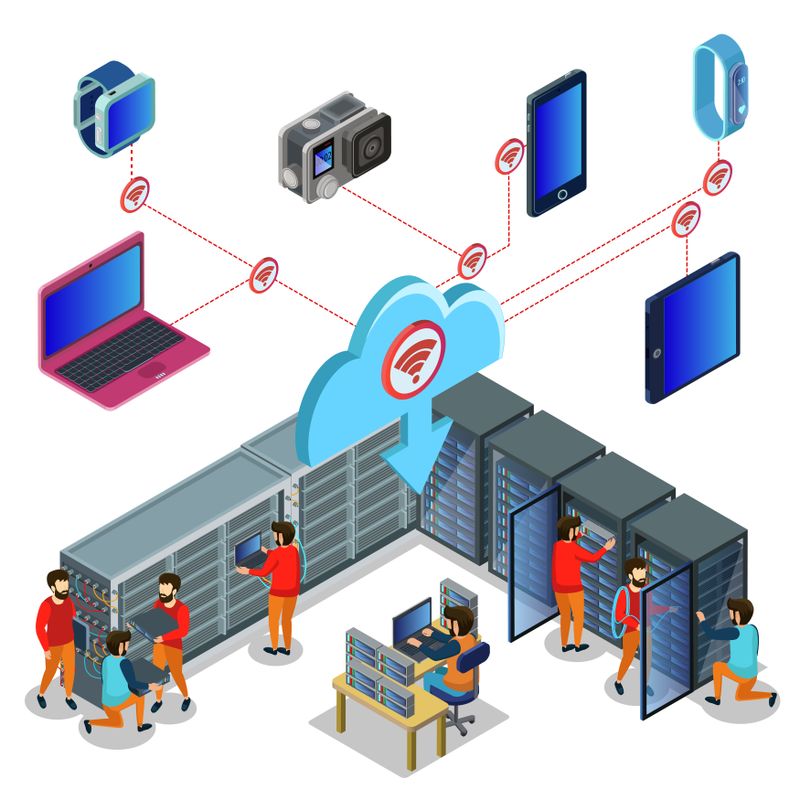With mobile app development company becoming a key growth engine for business in the fast-moving digital world, a good mobile experience without flaws on all platforms is a task in itself. As the mobile ecosystem further expands and the expectations of users gradually grow, automation turns out to be an inevitability in any worthy quality assurance practice.
In contrast, automation of mobile apps presents its unique challenges, especially in tandem with Android and iOS. Ignoring any of these hurdles can act as speed bumps- regardless of whether one is building on a fintech app, retail interface, or enterprise solution.
So these are some of the biggest mobile automation challenges one comes across, and just how one can dream about tackling each one of them at warp speed, as suggested by both mobile app developers and RPA consultants
1. Device and OS Fragmentation
The Challenge:
Across thousands of device models, screen sizes, resolutions, and operating systems, Android and iOS run in parallel. However, with Android having hundreds of OEMs, automation scripts break all the time due to UI rendering, system, or hardware constraints.
Fast Solution:
Use cloud device farms such as BrowserStack, Sauce Labs, or Firebase Test Lab. These platforms offer access to a vast spectrum of real devices and allow one to test under different configurations without the necessity of maintaining hardware in-house.
Script conditionals should be used in test scripts to address device-specific peculiarities.
Version targeting can also be used in developing an Android app to target the versions most used by potential users, according to some analytics.
A local RPA consulting team can further help you shape an automation strategy that balances cost against coverage across devices.
2. Unstable UI Elements and Frequent App Updates
The Challenge:
Mobile UIs are highly dynamic. A minor change will alter properties like element IDs or labels; structureless changes may break the automation scripts that have been carefully engineered. The frequent cycles of CI and CD only worsen the situation.
Fast Solution:
Use element locators such as accessibility IDs or XPath axes, rather than fragile properties like index or relative positions.
Employ AI-driven test tools such as Appium with Healenium or Test.ai that adjust behaviors based on UI changes.
Build modular test scripts that isolate features. When one update impacts a feature, only the module needs adaptation, not the whole suite.
A robotic process automation consultant is another way to enable quicker test adaptation and accomplish automation integration into your agile development lifecycle.
3. Limited Support for Gesture-Based Interactions
The Challenge:
Gesture-based controls rely mostly on modern touchscreen mobile applications. Swipes, drags, pinches, zooms, long presses, and other such gestures can hardly ever be simulated consistently across test devices.
Fast Solution:
Use gesture libraries in Appium or ViewActions of Espresso to perform multiple touch actions.
Visual validation tools such as Applitools can see whether or not changes made by gestures are visible, other than being just functional.
For complex flows of multi-touch gestures, record the real-time gestures and convert them into reusable scripts through test tools such as Katalon Studio or TestProject.
Having an RPA consultant or QA engineer familiar with mobile UX is helpful to develop high-quality libraries for gestures that are easy to maintain.
4. Network-Dependent Test Flakiness
The Challenge:
Most mobile apps work in real-time with APIs or backend systems. Hence, the conditions on the network, including latency, bandwidth, drops, etc., can give rise to inconsistent test results, especially when testing asynchronous operations.
Fast Solution:
Simulate various network conditions via tools such as Charles Proxy, Network Link Conditioner (for iOS), or Throttle.
Use smart waits and retry mechanisms to avoid false negatives when the load is asynchronous.
Invoke mocking tools like WireMock or MockWebServer to recognize server responses and less the test duration of a dependency on nature.
top app development companies should look toward network fallback feature implementation and expose it via test hooks, so the testing is more controlled.
5. Inadequate CI/CD Integration
The Challenge:
Mobile automation is another tool in the toolbox that many teams find tricky to incorporate into their continuous integration pipeline: emulator limitations, security settings, build times, etc.
Fast Solution:
Use headless emulators and simulators during CI runs to save on build time and resource consumption.
Containerise your entire automation factory using Docker and a low-level build orchestrator such as Bitrise, CircleCI, or Jenkins.
Test scheduling is strategic - smoke tests are run for each build; full regression suites are run nightly.
A local RPA consulting company can help with integration of trauma into a CI/CD pipeline while preserving the flow of existing workflows, especially an enterprise moving away from manual QA.
6. Security and Privacy Constraints
The Challenge:
For many mobile apps, especially those in healthcare, fintech, or government, privacy is held to a very high standard. Test automation must observe this standard and comply with the requirements of GDPR, HIPAA, or other such regulations. When faced with sensitive customer information or systems that require biometric logins, things can get tricky.
Fast Solution:
Build test accounts with sanitized data and assign automation-specific permissions.
Authenticate testing via secure token-based authentication instead of real credentials.
Use Android Keystore APIs or XCUITest biometric enrollment mocks to simulate biometric logins.
In dealing with a confidential app, an RPA consultant can often ensure that automation is compliant while at the same time maintaining the full depth and speed of the tests.
Conclusion
Mobile app development is even faster-paced; testing follows suit regarding complexity. With end-user demand on the rise and apps growing increasingly complex, automation is simply a must. But it has to be done smartly.
It should have a set of smart tools with modular frameworks and expert consulting, be it from an experienced Android application development team, an RPA consultant, or a local RPA consultancy that already understands your system.
In turning your eye toward these six common pitfalls with practical solutions, you should realize faster release cycles, greater user satisfaction, and fewer QA bottlenecks.





Top comments (0)